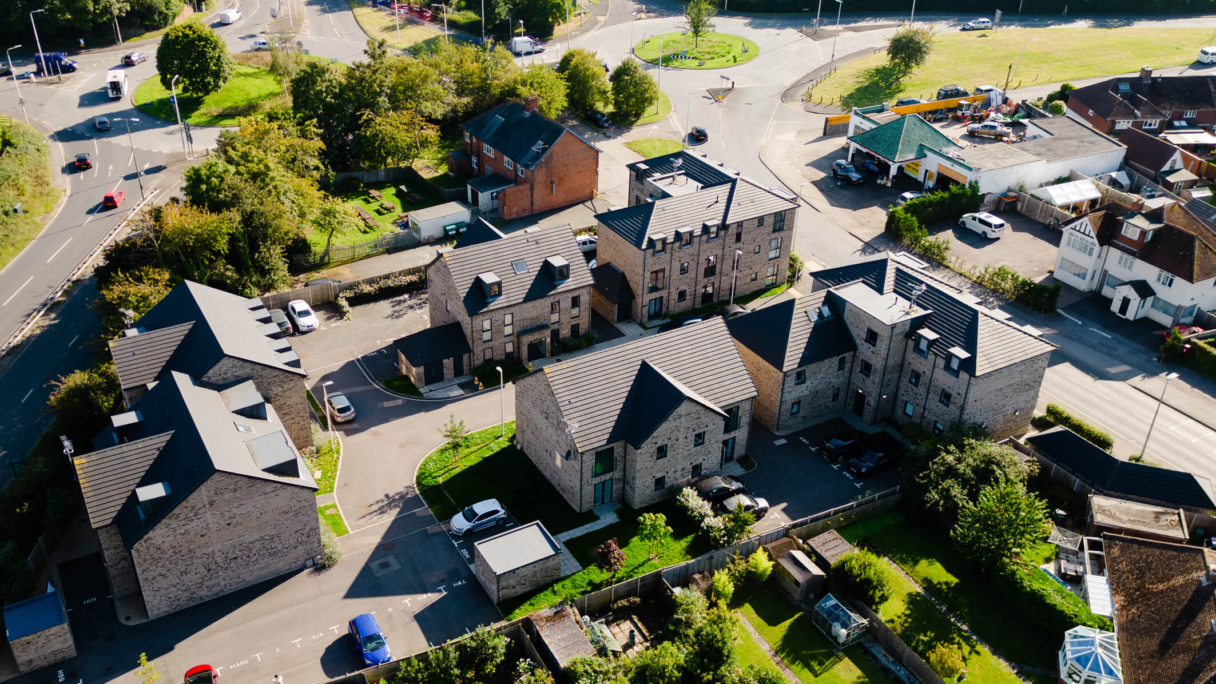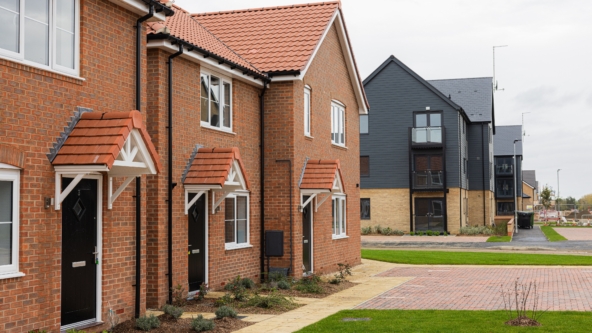Scattered across the UK are brownfield sites – relics of the past sitting empty and neglected for years.
One example was the Nightingale Quarter, the former Royal Infirmary Hospital in Derby.
For decades, this hospital, which once served as a cornerstone of Derby’s healthcare system, stood as a testament to missed opportunities and untapped potential.
But today, thanks to innovative regeneration efforts, it has been transformed into a thriving modern community, bustling with life and possibility.
The brand-new development now boasts around 920 modern houses and flats. As a nod to the site’s history, two iconic facades from the original hospital have been meticulously restored and house a welcoming restaurant and a convenient gym, serving the needs of the new residents.
The Nightingale Quarter’s remarkable transformation is a powerful example of the positive impact regeneration can have on a city’s landscape and its people.
But across the UK, countless brownfield sites and outdated buildings remain untouched with only 45% of the land having planning permission. [1]
The UK’s built environment needs transformation
Over 250,000 homes in England are currently classed as long-term empty homes, while office space vacancies in London have reached 20-year highs, hitting 9% in the third quarter of 2023[2].
With 340,000 new homes required annually in the UK to meet the current demand[3], there is an ever-growing need to repurpose our redundant stock and regenerate underutilised spaces.
However, traditional lenders aren’t prepared to support this challenge, leaving a significant gap in the market.
The roadblock
Traditional lenders, including banks, are reluctant to finance transformative projects due to the illiquidity associated with transitional real estate.
This means developers struggle to secure the capital needed to regenerate outdated buildings, leaving brownfields and derelict sites underutilised.
To unlock the potential of these sites, there’s a growing need for flexible and innovative alternative financing solutions that cater to the specific needs of transitional real estate projects.
This is where Octopus steps in as a catalyst for transformation.
Unlocking potential with transitional lending
Octopus Real Estate (ORE) is a leading non-bank real estate lender offering innovative transitional lending solutions designed to address the financing gaps left by traditional banks.
Our strategy focuses on providing flexible funding to high-quality borrowers for transitional real estate projects.
By doing so, we support the transformation of UK real estate, offering benefits to investors, developers and communities.
Benefits for investors and communities
Real estate debt provides an attractive opportunity for investors with potential stable, compelling returns and downside protection through senior debt.
Although risks can be actively managed, due to the nature of real estate debt, investors will need to be comfortable placing their capital at risk, as well as accepting the potential lack of liquidity.
And, for communities, our approach means breathing new life into brownfield sites and derelict buildings, transforming neglected areas into vibrant, thriving communities.
A catalyst for real estate transformation
At Octopus, we’re committed to driving positive transformation in real estate. We focus on regeneration and revitalising underused spaces.
Our strategic role lies in providing flexible, innovative funding solutions that benefit investors, empower developers, and create lasting positive impacts on communities and the overall landscape.
Find out more
Discover more about our real estate debt strategy here.
You can also get in touch with one of the members of our team by filling out the contact form below.
[1] https://environment-analyst.com/brn/108986/available-brownfield-land-in-england-increases-by-6
[2] FT.com: Office space vacancies in US and London reach at least 20-year highs, as of 9 October 2023.
[3] National Housing Federation: Building New Homes, 2023.



